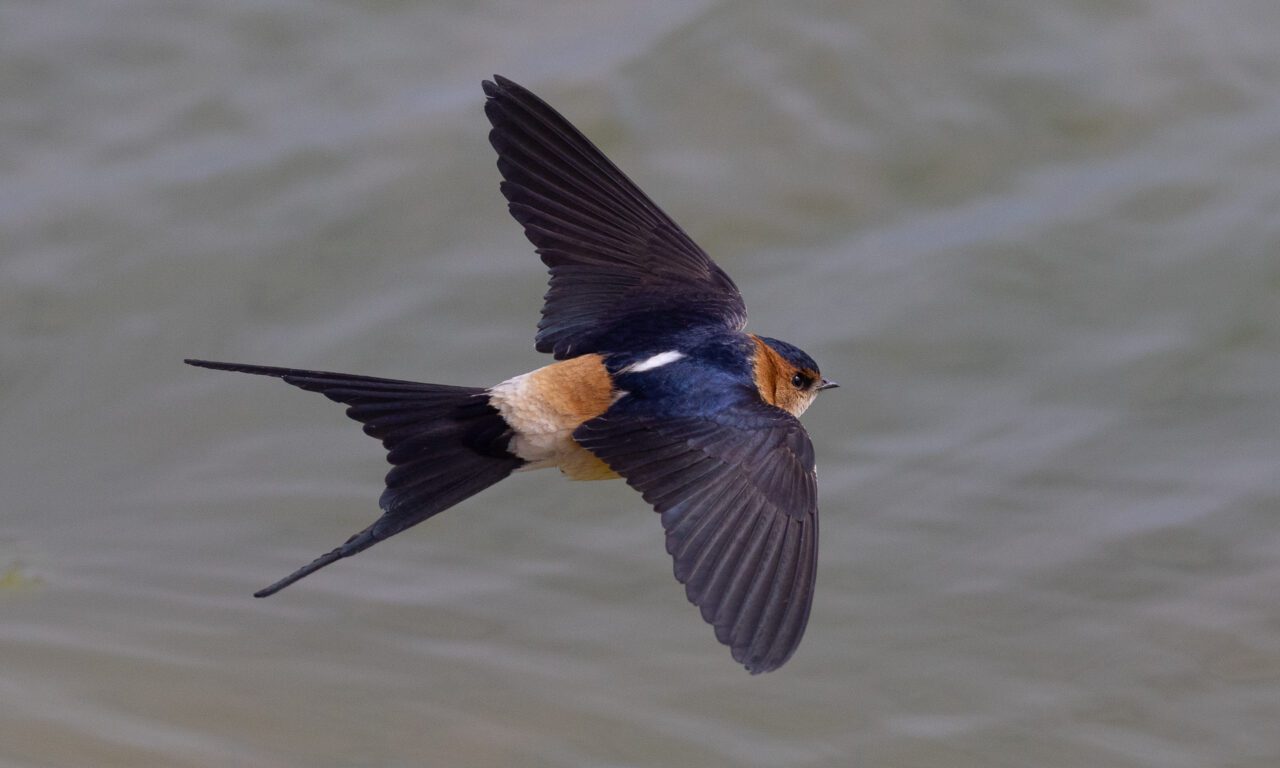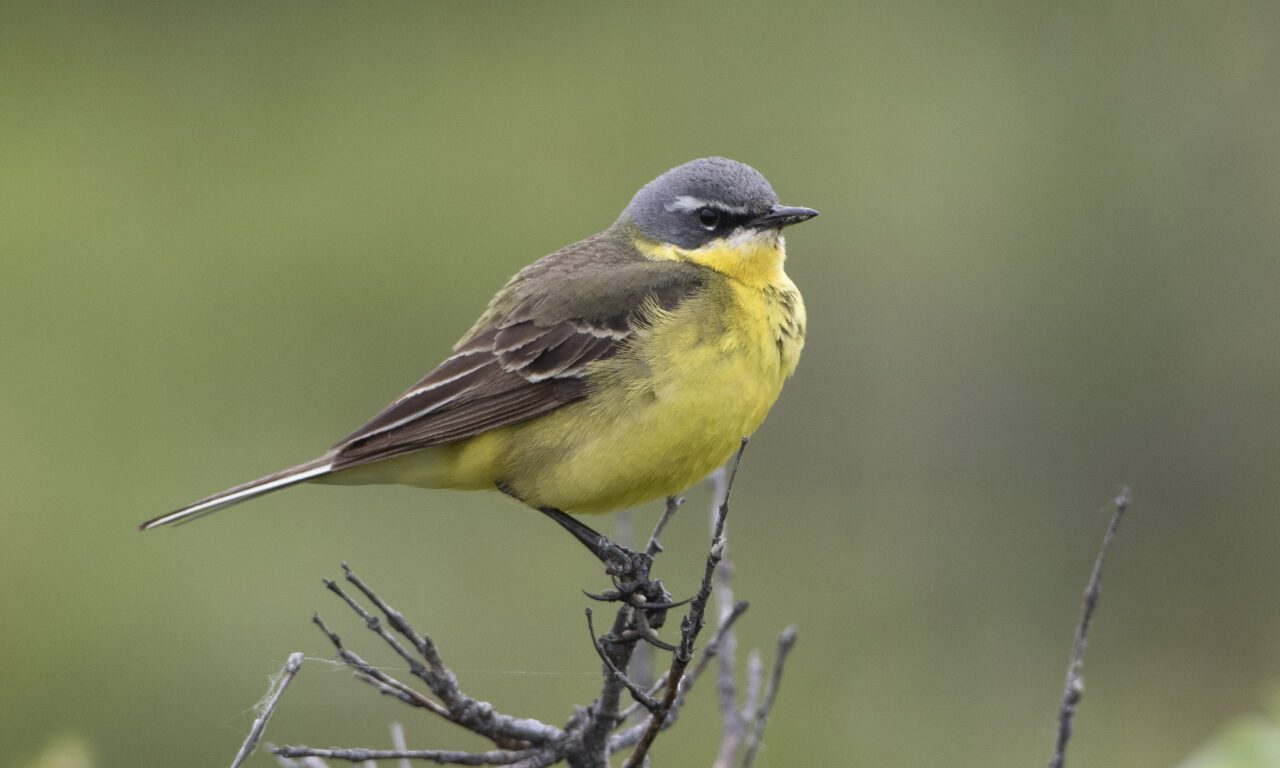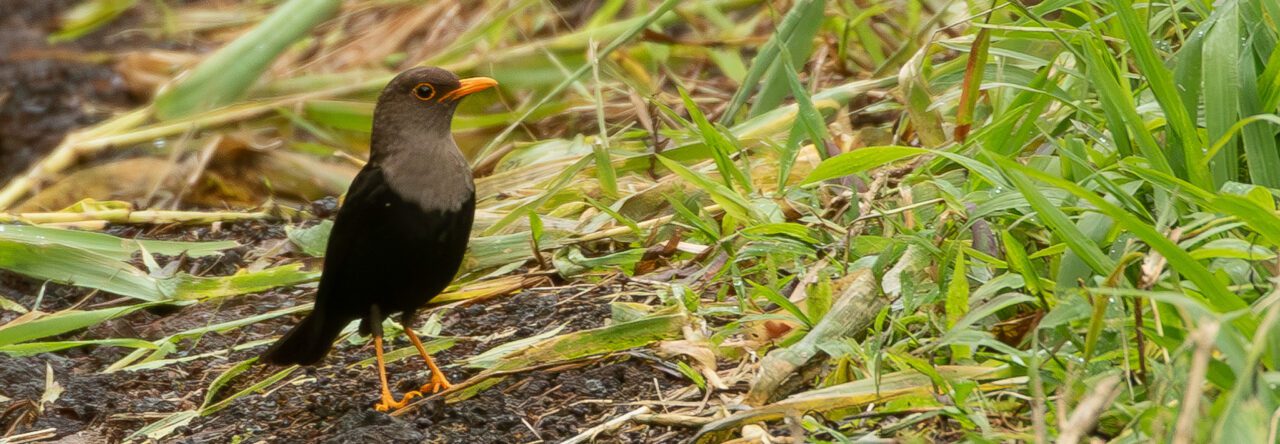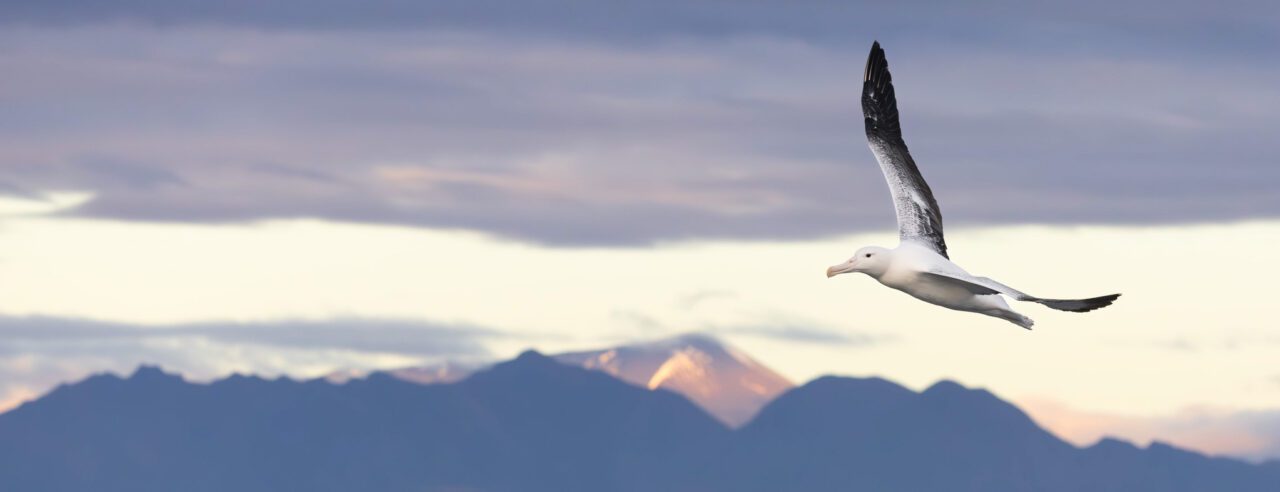About AviList
AviList: The Beginnings
AviList began with early discussions in 2016 between Frank Gill and David Donsker of the IOC World Bird List, Tom Schulenberg and Marshall Iliff of the eBird/Clements Checklist, Denis Lepage of Avibase, Nigel Collar and Paul Donald of BirdLife International, Les Christidis, Frank E. Rheindt, and others. With three major global checklists independently assessing taxonomic revisions from one to four times a year, the global avian taxonomic landscape had become confusing for end users as the different lists applied different standards, assessed cases at different rates, and sometimes arrived at conflicting decisions. With an increase in global efforts to organize data on birds, there was an ever greater demand for a more consistent taxonomic framework, and a more collaborative effort would offer enormous gains in efficiency of scale.
Initial meetings focused on the need to assess discrepancies among the major global bird lists and to attempt to resolve areas of disagreement, with the ultimate goal of creating a harmonized global taxonomy for birds. A pilot project in 2017 worked to assess only the areas of disagreement within Anatidae in order to trial a process to assess these differences. Much was learned, and the team committed to a public roundtable at the August 2018 Congress of the International Ornithologists’ Union in Vancouver, Canada.
The August 2018 meeting brought together numerous stakeholders in avian taxonomy, including key members of the IOC World Bird List, Howard & Moore, eBird/Clements, BirdLife International, AOS-NACC, and SACC teams. There was unanimous agreement in forming an IOU committee, tentatively named the Working Group on Avian Nomenclature (WGAC), that would assemble a team, develop a process, and begin work to create a harmonized list. Teams from BirdLife International, the IOC World Bird List, the eBird/Clements Checklist, AOS-NACC, and SACC joined with other experts on the WGAC team; the Howard & Moore team opted not to join the collaborative effort.

AviList: The Harmonization Effort
It would be another two years before all agreements were finalized. The team held its first meetings in late fall of 2019, formally assembled its committees, and developed processes and procedures to govern them. In February 2020 the Taxonomic Committee (TaxCom) kicked off its first milestone: Anatidae (again). For each milestone, TaxCom assessed all discrepancies in the delimitation of species, genera, and families among five partner checklists, three of them global (BirdLife, eBird/Clements, IOC) and two regional (AOS-NACC, SACC). For instance, the first Anatidae milestone considered whether to recognize Anas diazi (Mexican Duck) as distinct from Anas platyrhynchos (Mallard), whether to recognize Anas carolinensis (Green-winged Teal) as distinct from Anas crecca (Common Teal), and whether to recognize the genera Neochen and Oressochen or to retain an expanded Chloephaga. Decisions were taken through majority consensus following open votes. The team proceeded through 42 additional milestones before completing its last in July 2024.
Concurrent with the above activities, the Bibliographic and Nomenclatural Committee began work to standardize the way in which describers of bird taxa, references of original descriptions, and other bibliographic information are rendered. This group met more informally, yet worked tirelessly to resolve discrepancies and standardize the display of this information.

Nomenclatural discrepancies among the five partner lists were identified by the Bibliographic and Nomenclatural Committee and referred to a Nomenclatural Advisory Group, composed mainly but not exclusively of members of the IOU Working Group on Avian Nomenclature (WGAN). Akin to TaxCom, the Nomenclatural Advisory Group considered batches of cases in milestones, discussed conflicting treatments, and voted on a final decision.
Concurrent with the above work, the Bibliographic and Nomenclatural Committee began work to standardize the publication of authors, references, and other bibliographic fields. This group met more informally, but worked to resolve discrepancies and standardize the display of this information.
During the final year, the Executive Committee formalized its Terms of Reference and planned for future sustainability. As the harmonization effort morphed away from an IOU working group into an independent entity, AviList was born.

AviList: Version 2025
With the completion of the last TaxCom milestone in July 2024, the team set about to prepare and finalize AviList checklist version 2025. This encompassed standardizing and finalizing taxonomic and nomenclatural summary statements to be included in the final checklist with the goal of explaining decisions of the AviList team. Bibliographic information was combined with the taxonomic information, and expert reviewers were enlisted to review the final product and help catch errors.
As AviList worked towards its first release, the teams in charge of the IOC World Bird List, BirdLife International, and the eBird/Clements Checklist have been working to revise their classification to align with AviList. This coordination between existing partner lists has been among the most important aspects of the AviList effort. The IOC World Bird List and eBird/Clements teams will be discontinuing their independent taxonomic efforts in 2025–2026, focusing those efforts on AviList for the future. IOC version 15.2 will be the last, and eBird/Clements will carry out final revisions up until 2026 to fully catch up with AviList, but is already 99% aligned. BirdLife International is similarly aligning its taxonomy (which is the one used by IUCN for the Red List) around AviList, although the process of reassessing hundreds of taxa for the IUCN demands a longer timetable of up to five years. Regardless, the main goal of AviList—to reduce the number of independent taxonomies for birds and to make existing ones more interoperable—has already been achieved.
The first version of AviList was published in June 2025 and future revisions are planned to be released once a year thereafter.

AviList: The Future
Future versions of AviList will incorporate Regional Advisory Groups to bring more regional expertise on board and to help prioritize issues in avian classification. We encourage members of the ornithological community to provide feedback using the Contact Us page, either by steering us to important published or soon-to-be-published articles, identifying apparent errors, or recommending improvements of any kind.
More detail on AviList and its processes are here:
- Components of the AviList checklist
- Proposals to AviList
- AviList Committees
- The AviList team (profiles)

